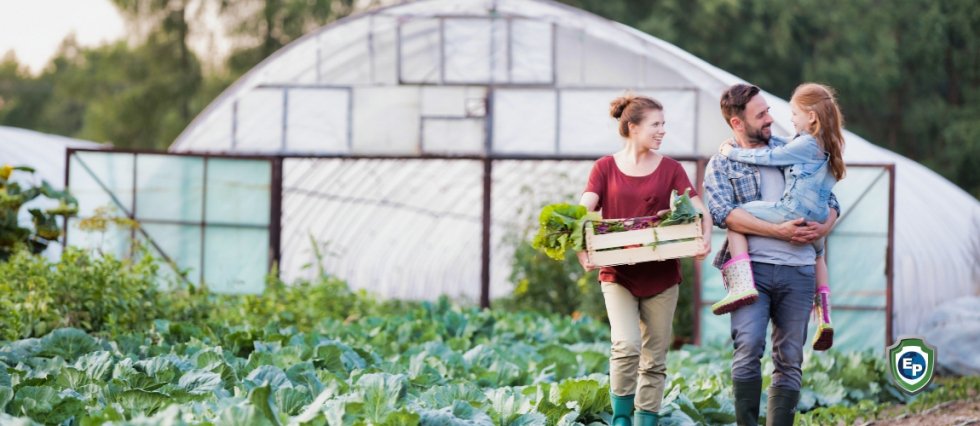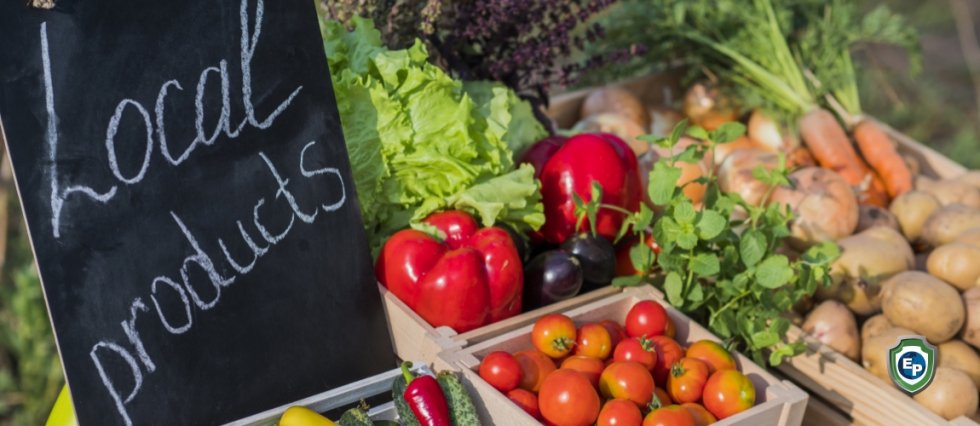How small farms found new customers during the coronavirus pandemic
Small farms have adopted new strategies to attract customers during the pandemic. Check out our blog to find out how farms have been adapting to the changing landscape.

The coronavirus pandemic has led people to adopt some strange behaviors, with panic buying at supermarkets becoming a major trend. However, while online grocery sales in the US rocketed by 40% this year, not all food producers have benefitted from this surge in grocery buying.
The pandemic also imposed heavy restrictions on businesses, forcing thousands of restaurants to close their doors or operate at limited capacities. Now, although some lockdown measures have eased, the latest data reveals that as many as 16,000 restaurants are closing permanently.
This permanent damage to the hospitality industry has impacted the farming sector as well, due to restaurants representing a significant percentage of a farmer’s client base. Food waste has become another unfortunate consequence, with farmers being forced to pour thousands of gallons of milk away, plow ripe crops straight back into the soil, and dig ditches to bury crops.
Thus, in response to this challenge, small farms have been strategizing ways to adapt and find new customers.

Direct-to-Consumer Models
Some small farms have managed to attract new customers by using a closed-loop food system, where the farmers control the entire supply chain. The focus on growing, raising, and selling produce locally not only makes farms resistant to supply chain disruptions, but it also draws in new customers due to the reliability of the supply. The empty supermarket shelves caused by the pandemic have made many consumers much more aware of where their food comes from and how reliable their food sources are. In turn, this has prompted them to seek out more sustainable food suppliers who will not be disrupted by transport interruptions or even social distancing restrictions.
These small farms can skip the supermarket and supply products directly to consumers. They have filled the gap that restaurants created by adopting new business models and selling to consumers without the middleman. Many have embraced new methods of interacting with customers, such as offering contactless deliveries and drive-through order collections to accommodate the changing needs of shoppers during the pandemic.
A Lesson in Adaptation
Small farms have shown that being flexible and adapting to the changing landscape can allow a business to continue to thrive even amid various challenges. At Export Portal, we aim to bring you the most essential and up-to-date trade news to help you navigate these uncertain times. Read more about how businesses are adapting to survive during the pandemic here.






Comments 0